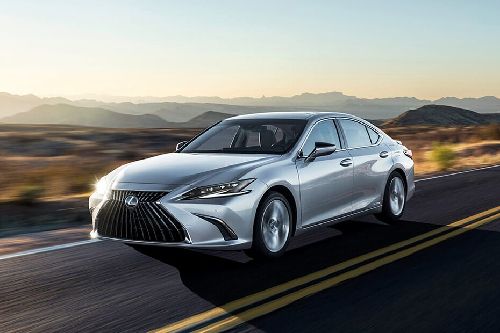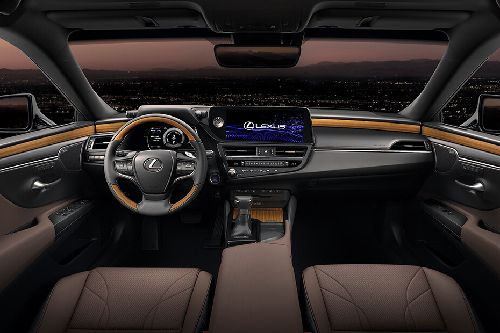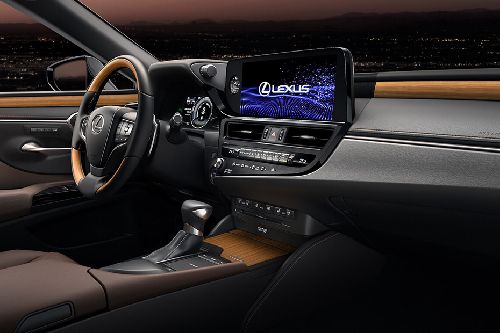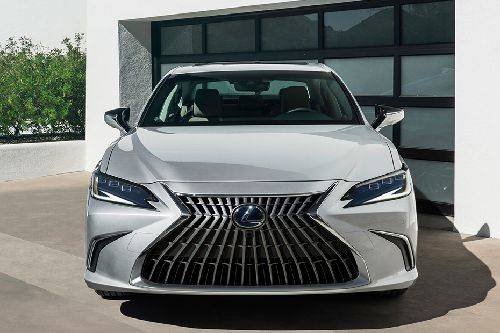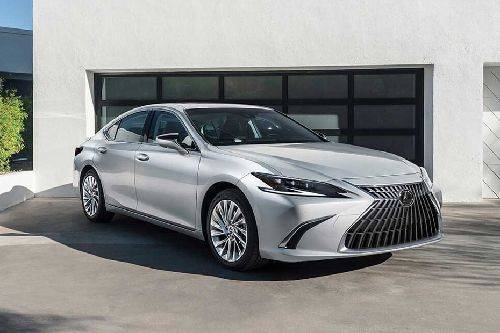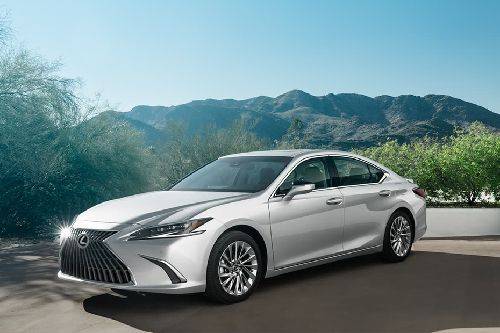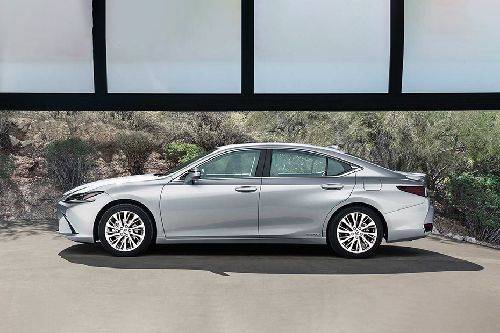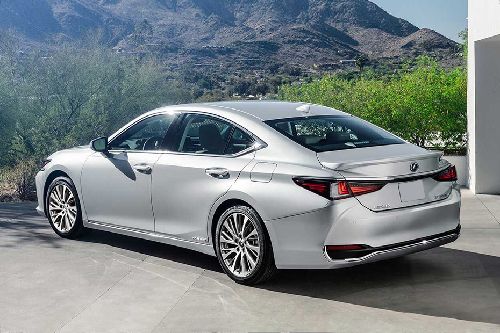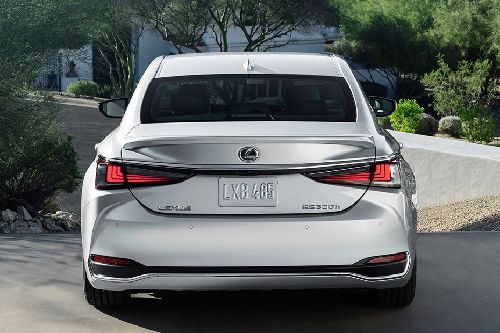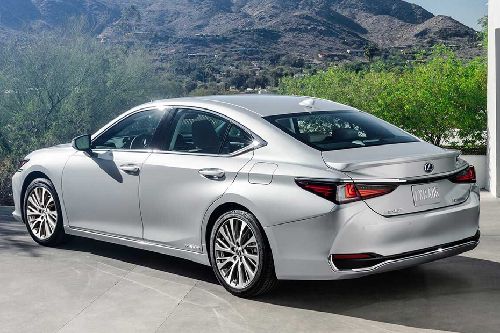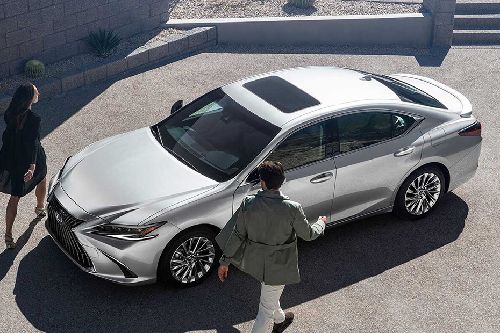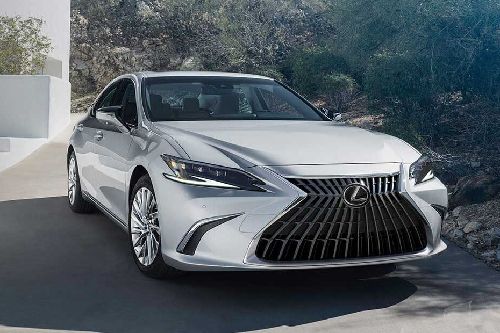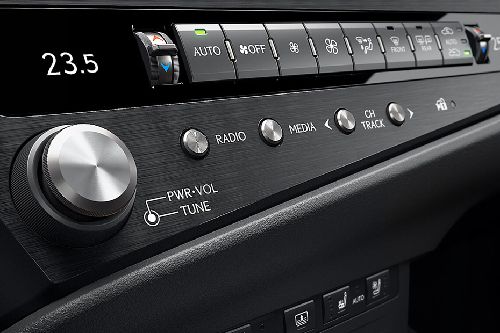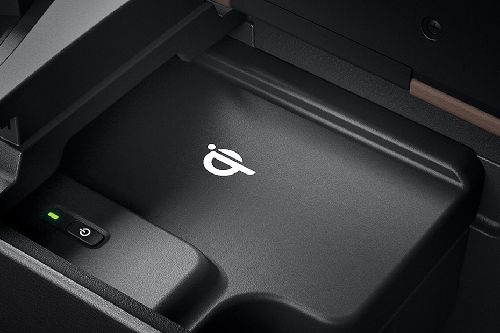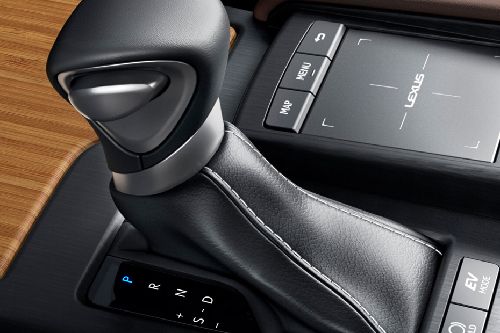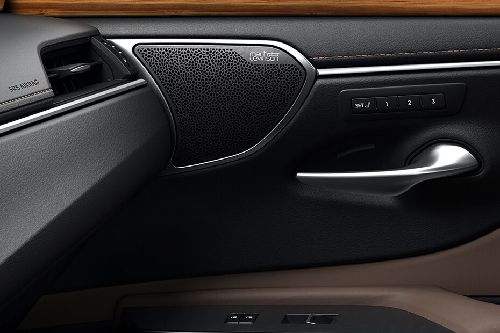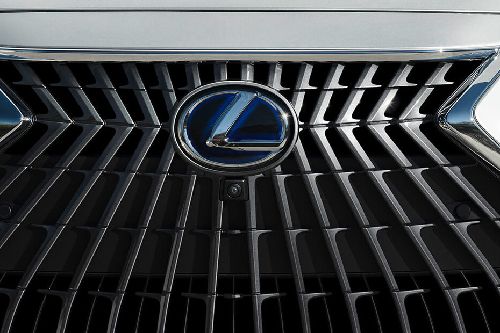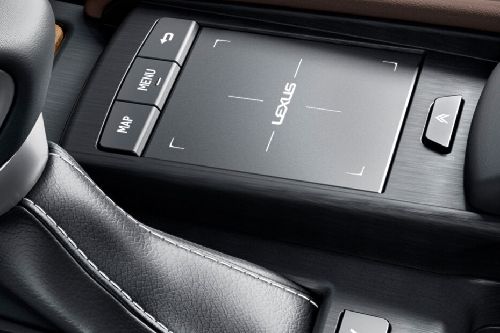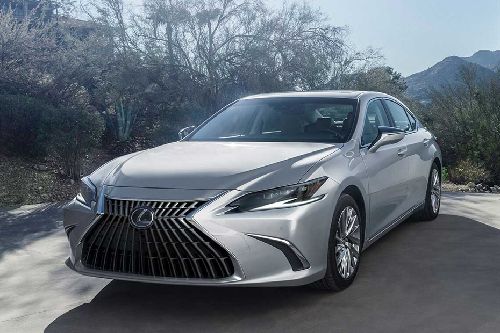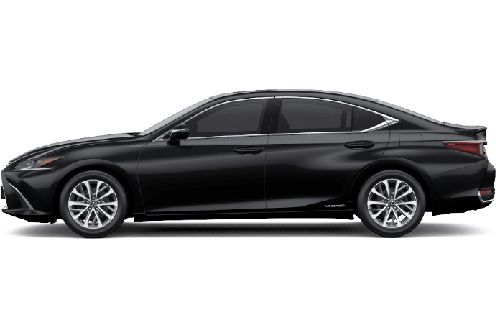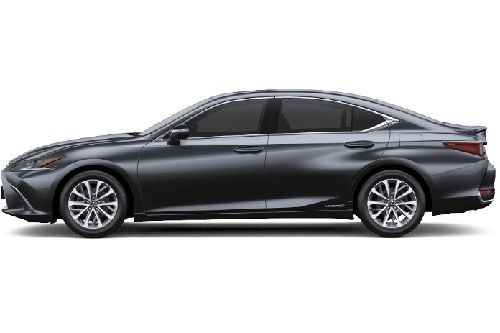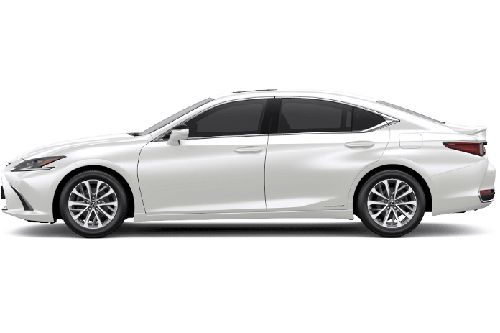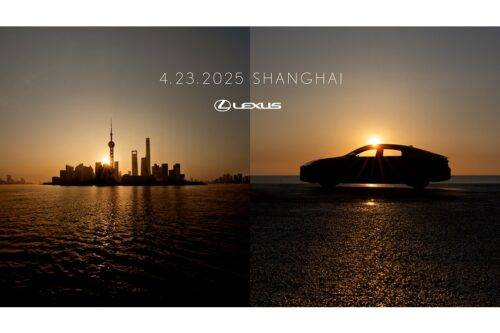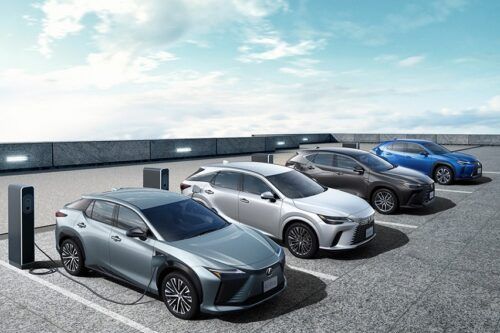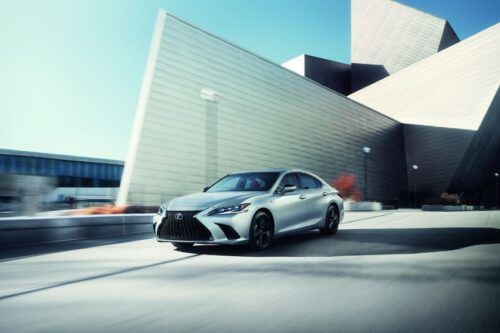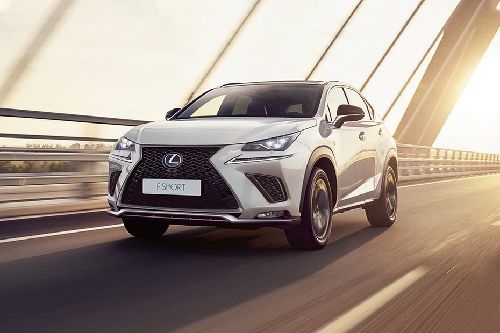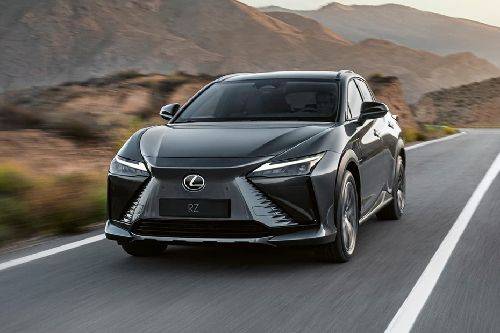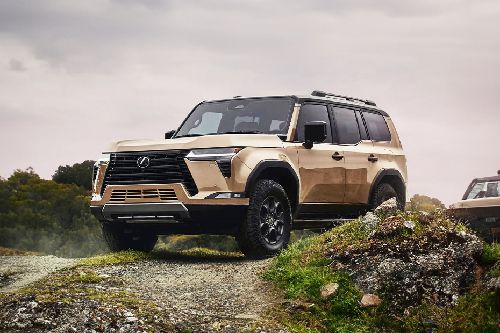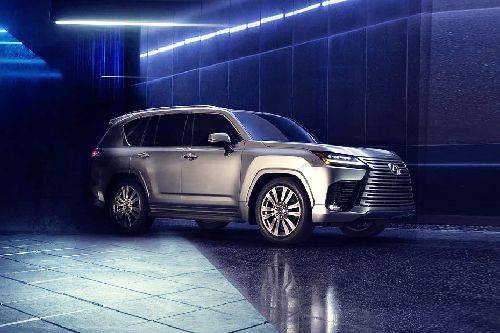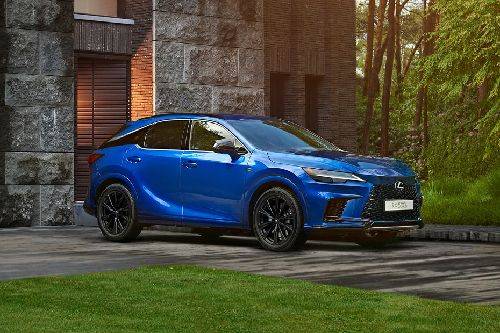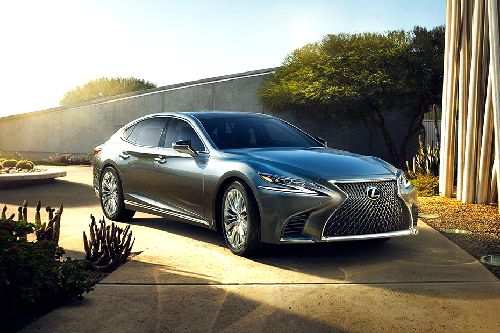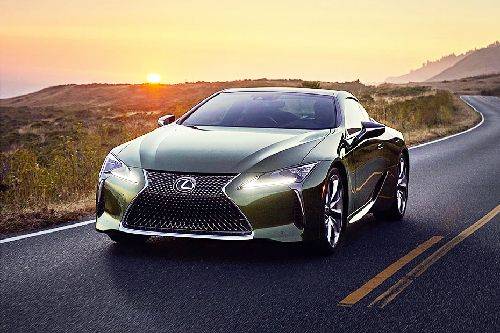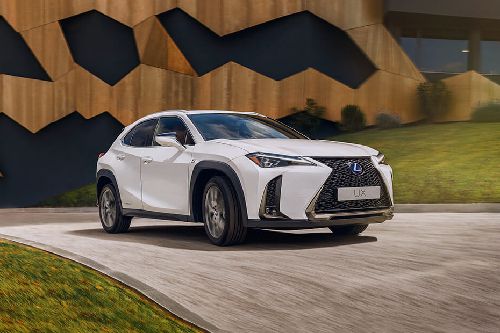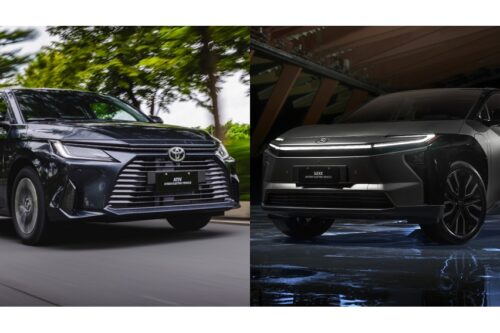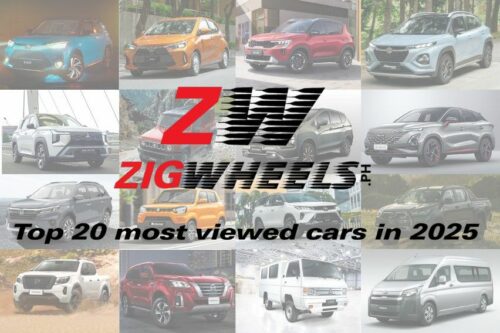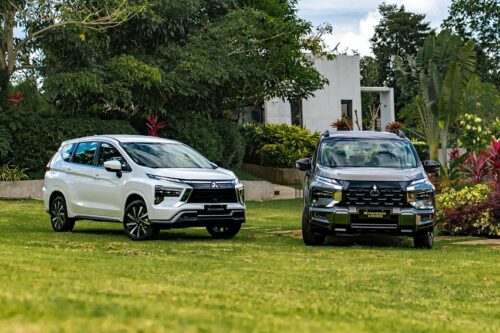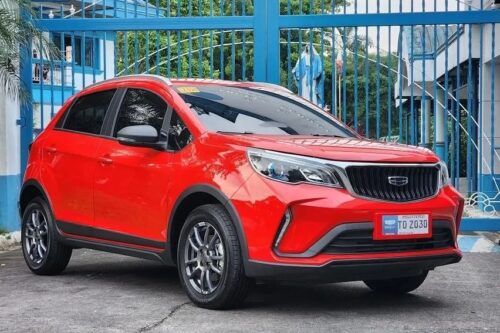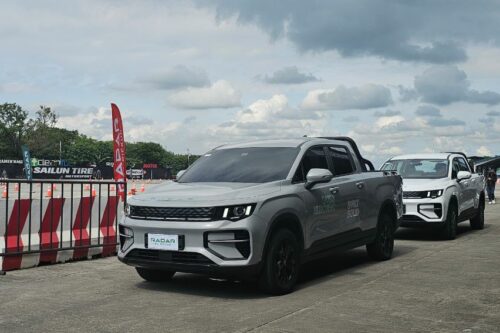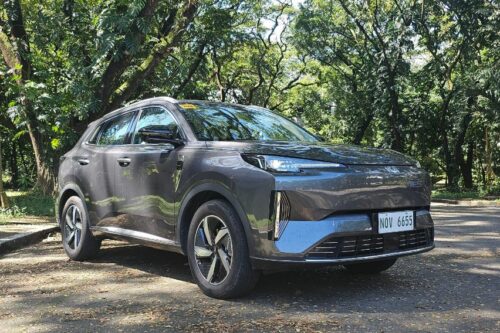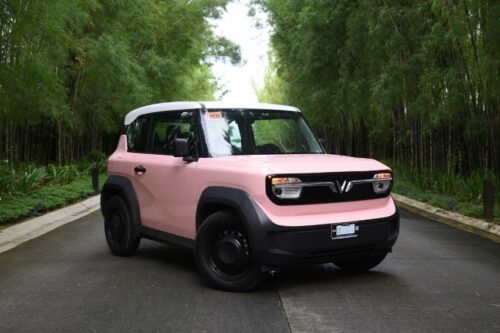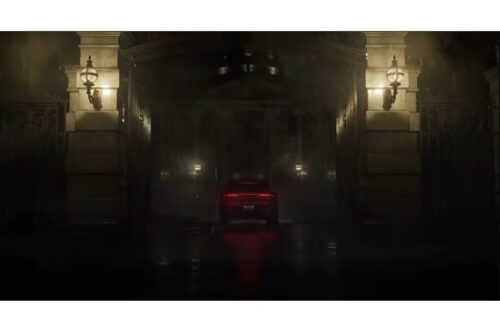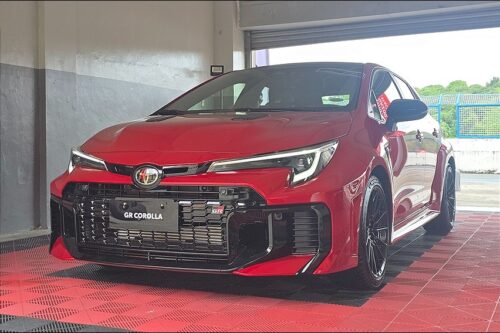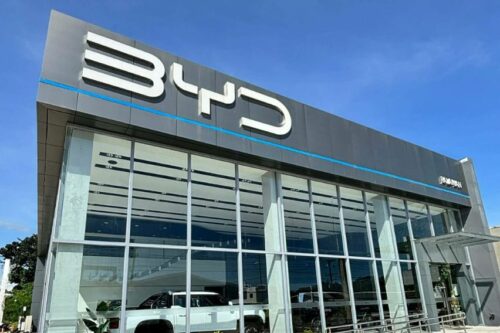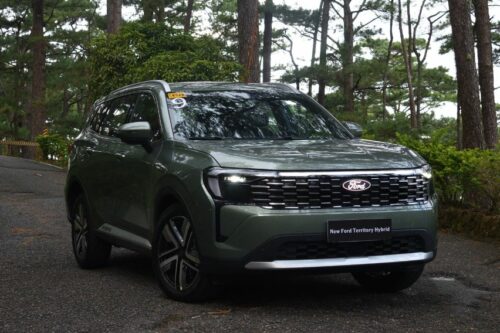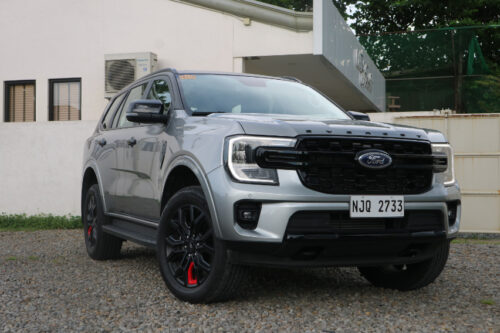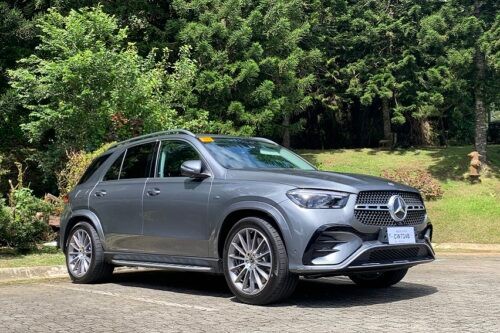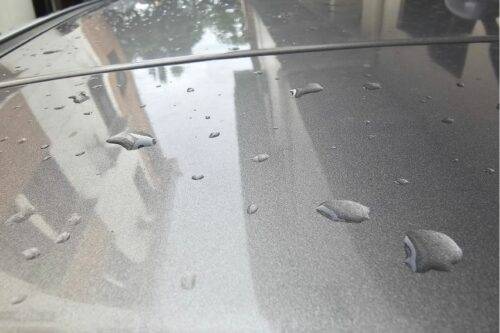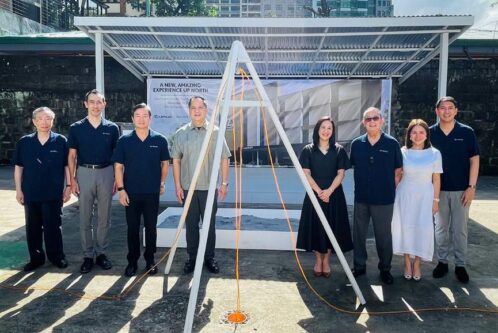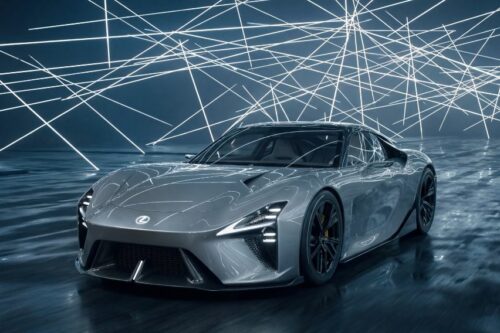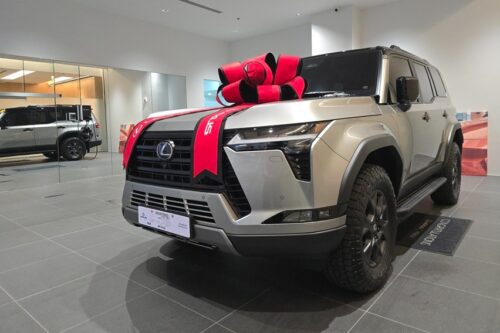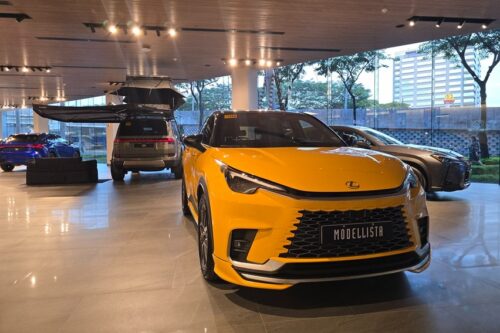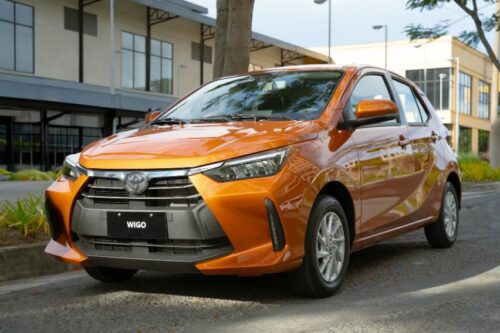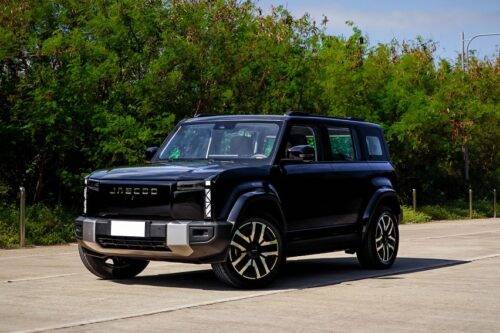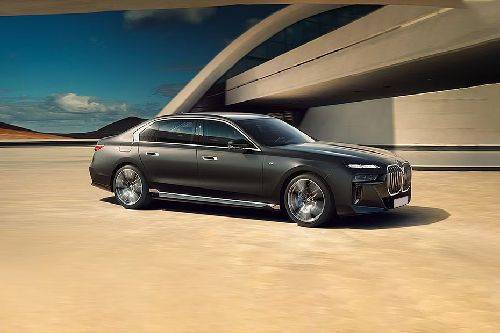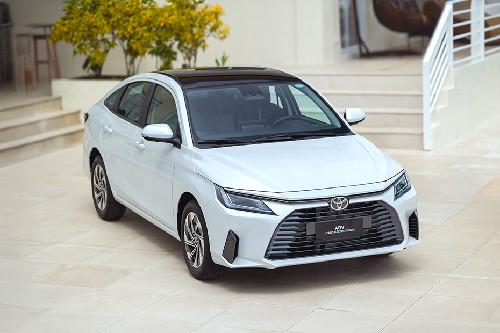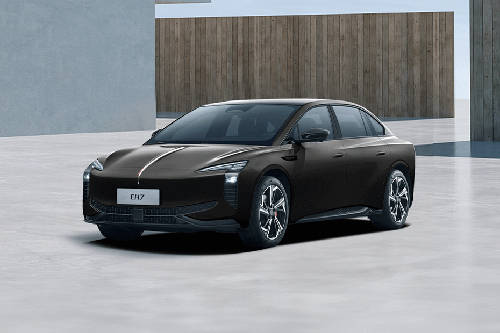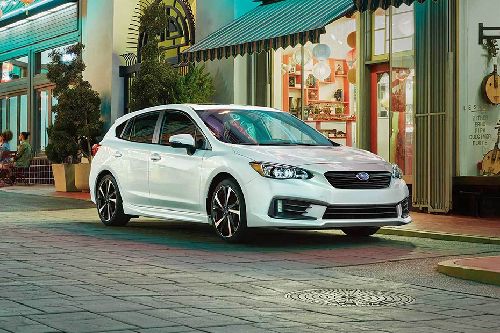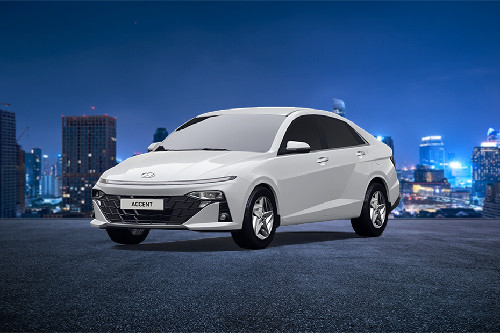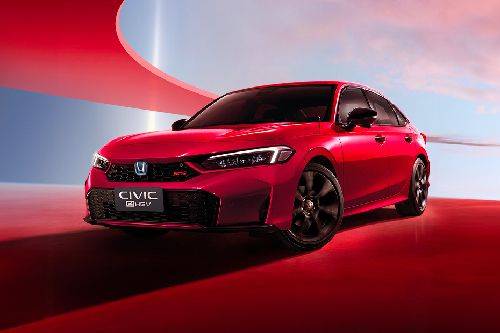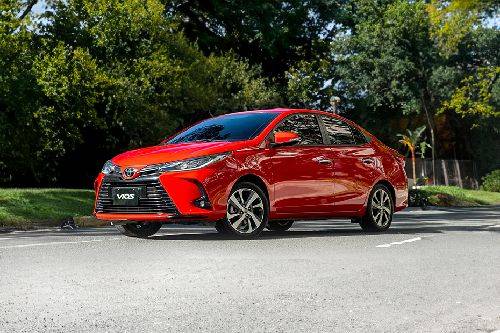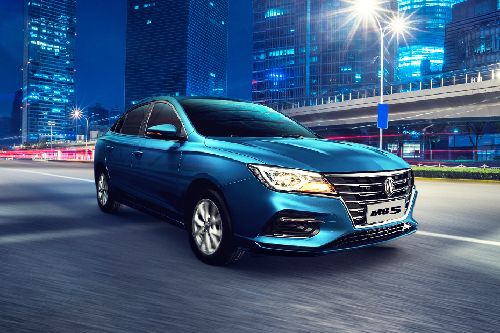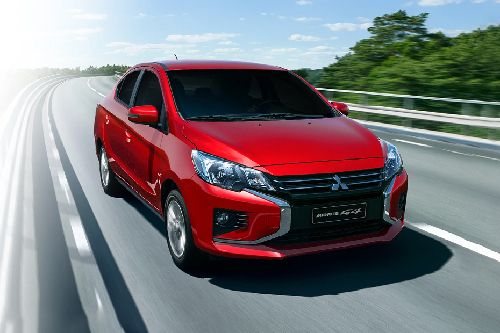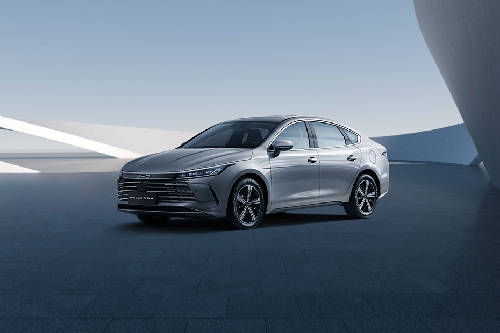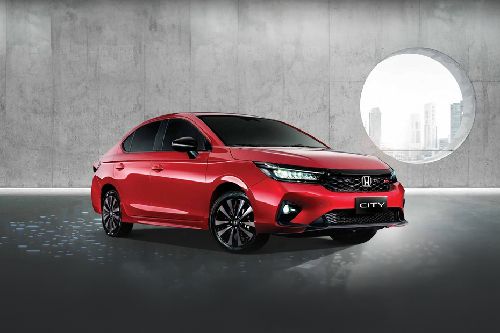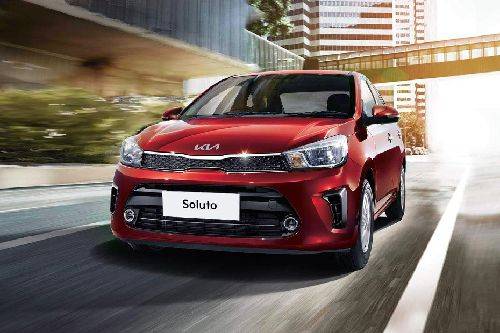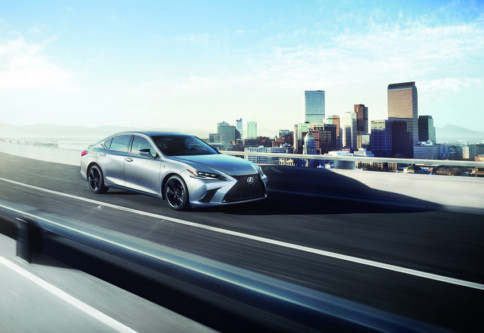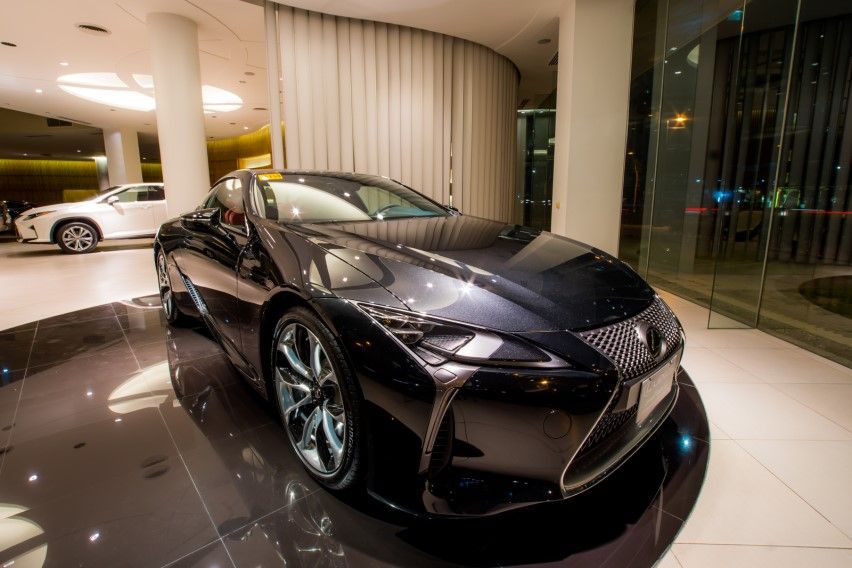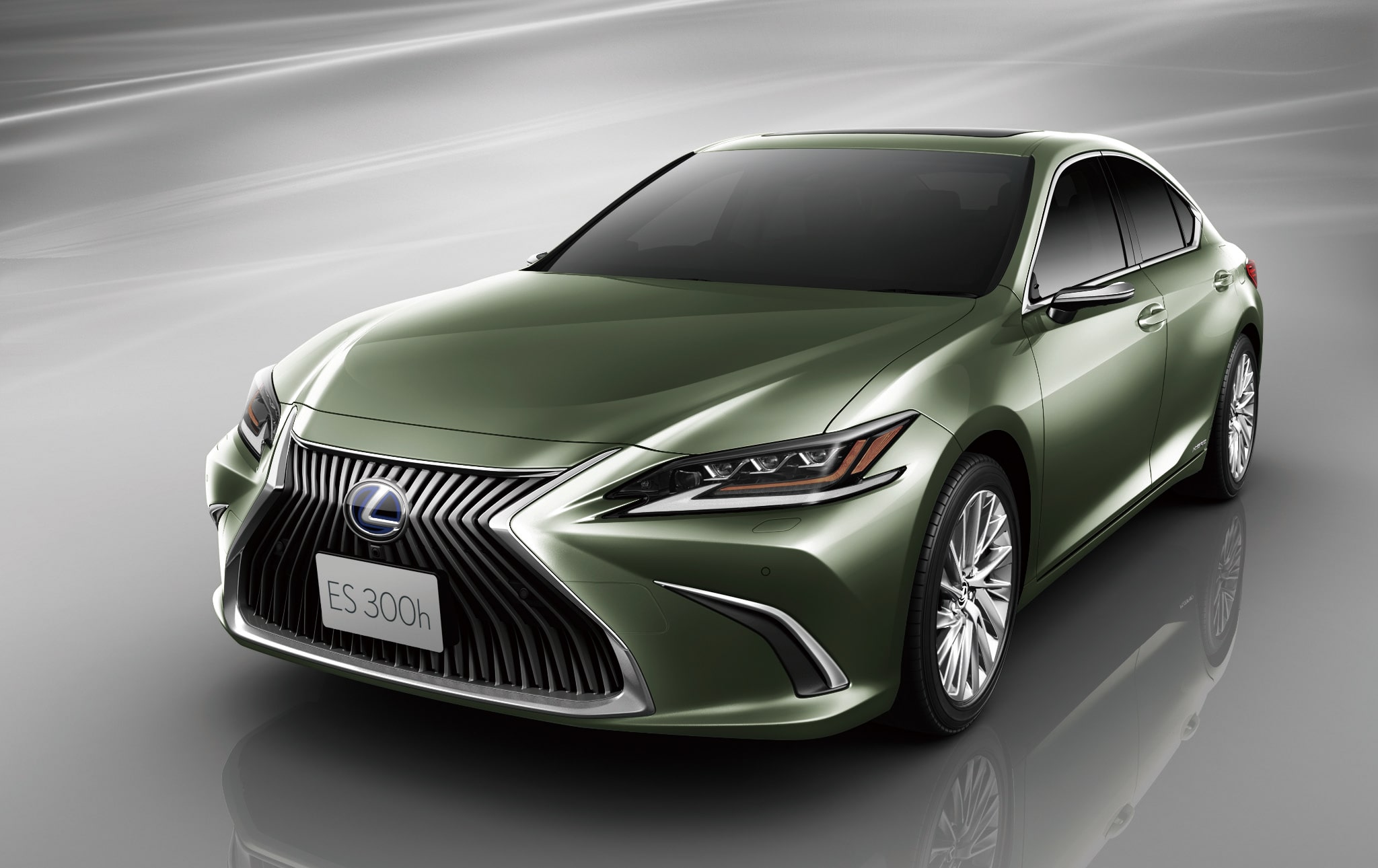Evolving elegance: The history of the Lexus ES

The Lexus ES has been raved about for the premium comfort that it provides and the dynamic performance that it delivers. Since it was first launched in 1989, more than two million ES units have already been sold worldwide.
Through the years, the ES has gone through many iterations which have now become classic models. Lexus Philippines is set to roll out the new ES soon with more details to be unveiled this September.
Lexus ES Chief Engineer Tetsuya Aoki shared what the latest ES has in store for Lexus fans, and the philosophy behind each upgrade that was done to the car.
“We pursued development to meet and exceed the expectations of customers,” Aoki stated. “The exterior design has sharper headlights, a modern mesh grille, and sportier wheels. The interior features a touchscreen display for added convenience and operability. Paying attention to the smallest details, we’ve made it so that you can enter the driver seat with ease. The response of the vehicle is faithful and true to the driver’s intentions according to the steering input. Launch from a standstill is swift. During lane changes, acceleration is stress-free and there is a natural movement to the ES. Turning the steering wheel allows for confident driving.”


“Even on rough roads, the body absorbs road inputs and allows passengers to experience refined ride comfort,” Aoki added. “You will feel how sprung weight moves on an undulating road and how quickly it will be brought back into control.”

The new ES is positioned to offer “natural, stress-free driving according to driver intent.” Through the upgraded refinement of the Lexus ES, Aoki aims to provide customers with the same kind of satisfaction that comes from slipping on a finely tailored suit.

When Lexus was launched in the United States in 1989, the brand offered a two-car launch line-up which included the ES 250 as an entry-level luxury sedan. Ever since, the Lexus ES has been in constant production, evolving through seven generations while staying true to its front-engine, front-wheel-drive roots. The ES 250 was developed for the luxury car buyers who are searching for a comfortable executive sedan with European profile and agile handling.
The second-generation ES rapidly became Lexus’ top-selling model and the best-seller in the executive sedan segment. The model was revamped in 1991 to include a lighter all-aluminum 3.0-liter V6 engine that met emission standards without compromising performance.

The third-generation ES 300 was launched in 1996 as a totally redesigned model. It featured a slightly sharper look and sleeker silhouette. The passenger cabin was extended while the wheelbase and overall length were increased to provide the same legroom as prestigious European rivals.

In 2001, Lexus unveiled the fourth-generation ES which featured reworked geometry and new steering gear design for better feel and precision. An adaptive variable suspension was also made available as an option for the fourth-gen ES. The suspension system was derived from the LS 400 and could adjust each shock absorber within 0.0025 seconds across a possible range of 16 settings to improve handling and stability. With this advancement, the need to offer “sport” or touring settings” within the suspension system was eliminated. The car also came with remarkable safety features such as head impact protection, a three-point center rear seat belt, pre-tensioners for the front seat belts, and optional electronic traction control.

Lexus also applied new sound absorption technology, active engine mounts, and two-stage exhaust silencing on the fourth-generation ES to make the cabin quieter. Crush zones and passenger compartment reinforcements were also built into the monocoque to make the car safer and more rigid.
Meanwhile, the fifth-generation ES model featured a 300W 14-speaker Mark Levinson premium sound system that provided a full 5.1 Dolby Digital home theater experience optimized for music playback. Premium wood and leather accents were also generously applied throughout the interior and all touch points exuded greater sense of refinement.

The sixth-generation ES came with a 2.5-liter hybrid drivetrain that delivered fewer emissions than the existing gasoline-powered subcompacts in the market. The new 2.0-liter and 2.5-liter four-cylinder powerplants were also made available on some markets.

With the seventh-generation model, the ES story continues to unfold and provide a sense of satisfaction like no other.
To learn more about the Lexus ES, log on to lexus.com.ph and follow @lexusmanila on Facebook and Instagram. To book a consultation with a personal sales consultant, log on to the Lexus Remote page at https://fal.cn/3eSWW.
Photos from Lexus
Sell your car at the best price
 Verified and genuine buyers
Verified and genuine buyers
Lexus ES Related Stories
- News
Lexus Car Models
Don't Miss
Trending & Fresh Updates
- Latest
- Popular
You might also be interested in
- News
- Featured Stories
Lexus Featured Cars
- Popular
Latest Lexus ES Car Videos on Zigwheels

Compare & Recommended
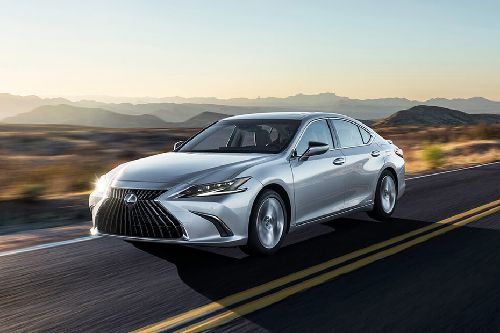
|
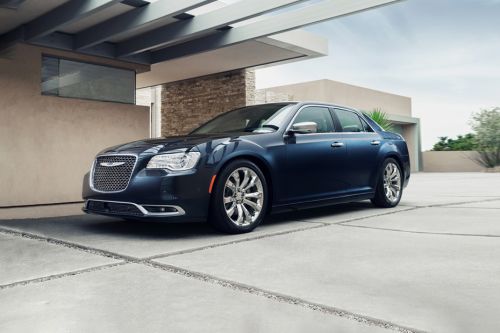
|

|

|
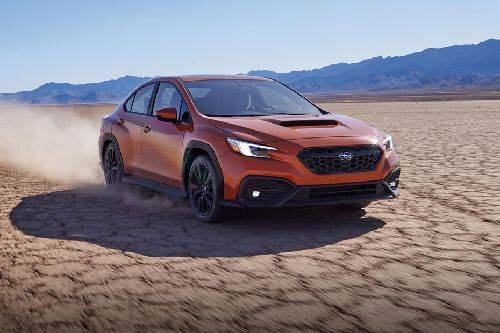
|
|
Fuel Type
Gasoline
|
Gasoline
|
Gasoline
|
Gasoline
|
Gasoline
|
|
Engine
2487
|
3604
|
2494
|
1322
|
2387
|
|
Power
176
|
286
|
179
|
136
|
271
|
|
Transmission Type
CVT
|
Automatic
|
CVT
|
Automatic
|
Manual
|
|
|
Trending Sedan
- Latest
- Upcoming
- Popular
Lexus ES Car Articles From Carmudi
- journal

